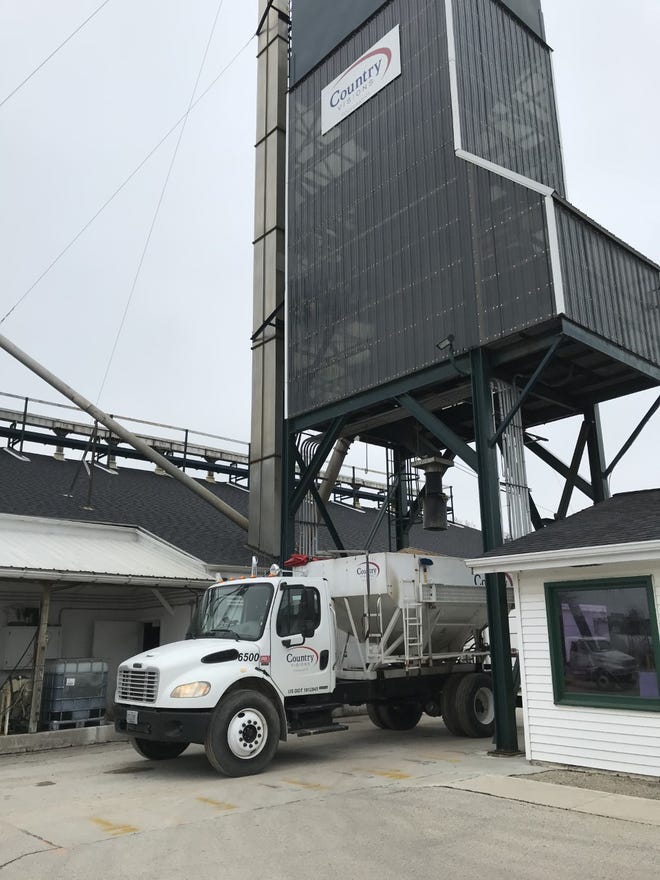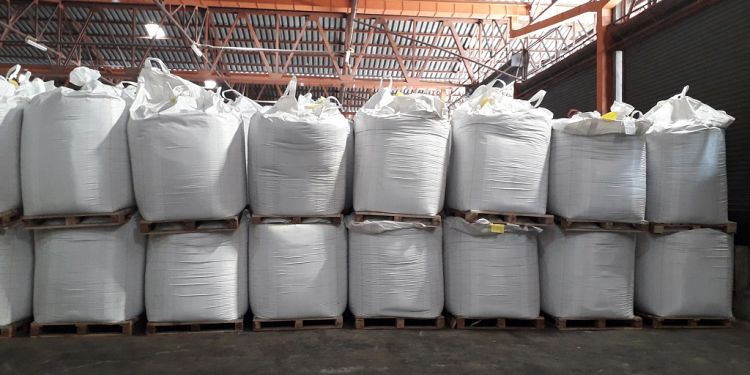Lime ammonium nitrate (KAS) now costs 625 euros per ton at the German import ports! So if you thought that fertilizer prices would stop rising – you were wrong.
And that is not only the case in Germany and Europe. In all other countries too, fertilizer prices continue to rise steeply. In the USA, a farming organization has called the Justice Department and requested an investigation into price developments. In doing so, one does not necessarily question the price increase caused by the high gas prices, but rather the competition that has been levered out by the high market concentration on very few companies and the resulting additional price surcharges and allegedly non-market prices.
Dealers do not store – fertilizer purchase only via prepayment

Usually farmers in the USA but also in Europe buy a good part of the nutrients for the new season in stock in winter. But this year everything is different. The prices of the most important nitrogen fertilizers in Europe are three times as high as last year, if goods are available at all. A farmer from the USA reported to the agricultural online service AgFax that his dealer had said: “If you pay in advance now, we guarantee delivery, but we only take an advance payment for what we actually have in stock.”
For pesticides , the situation is n apparently no better: As for herbicides, they are almost not available and the prices one does not speak first. The bottom line for the farmer was that if he were to pay in advance with these high fertilizer prices, then he would have to sell corn and wheat – much more and much sooner than he had originally planned.
The American CoBank predicts in a current analysis of the fertilizer market : “In the next six months, fertilizer prices will most likely remain very high in view of record inflation, above-average natural gas prices, the tight global nitrogen supply and strong demand from farmers.”
Commodity analysts also observe, however, that “in contrast to the years 2008 to 2010 (when fertilizer prices were also very high), the agricultural supply cooperatives are much more concerned with the management of the risk of possible write-downs of fertilizer stocks, should it be a quick one Give price decline ”.
Specifically, this means that dealers either sell at prices paid in advance – or they don’t store anything at all. Analysts for the Dow Jones economic service reported last week that extremely high fertilizer prices are likely to have a significant impact on farmers’ profitability in the 2022 growing season.

Bank analysis: 70 percent of the fertilizer prices remain that high
The CoBank found in a study that the high fertilizer prices will correct themselves at some point, but they are convinced that the high nutrients costs will last at least until spring 2022. “We base this conclusion in part on a recent survey of farmers and a university study, both of which put the likelihood of very high fertilizer prices in the spring at 70% and higher,” said CoBank.
As shocking as the prices for nitrogen fertilizers may seem to farmers at the moment, these price concerns prompted the US Department of Commerce in a complaint filed by CF Industries on Wednesday to consider possible import duties on urea ammonium nitrate imports from Russia and Trinidad and Tobago .
“The Department of Commerce’s preliminary findings are an important step in leveling the playing field for the US fertilizer industry,” said Tony Will, President and CEO of CF Industries. Europe had already introduced import tariffs on these nutrients for the same reason also still apply.
US farmers are suing the fertilizer industry
The National Corn Growers Association and other farm associations in the USA, however, see completely different problems in the fertilizer market: too high a concentration among manufacturers and a lack of competition. “Farmers across the country have spoken publicly for the past few weeks about the grave impact of nutrients shortages on their family farms,” said Chris Edgington, an Iowa farmer and president of NCGA.
The Family Farm Action Alliance therefore sent a letter to the Justice Department’s Antitrust Department on December 8th to initiate an investigation into the nutrients sector on suspicion of anti-competitive practices.
While fertilizer manufacturers claim the high prices are entirely due to scarcity and high natural gas prices, their own annual and quarterly reports refute those claims and show that they have additional capacity that they are not using, the letter said.
Today only two companies supply potash throughout North America: Nutrien Limited and the Mosaic Company. In 2019, four companies accounted for 75% of the production and sales of nitrogen-based nutrients in the US, namely CF Industries, Nutrien, Koch and Yara-USA. According to the Family Farmer Action Alliance, market abuse is likely if the concentration levels of the four largest companies exceed 40%.









